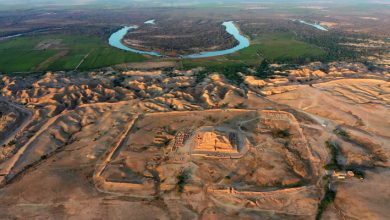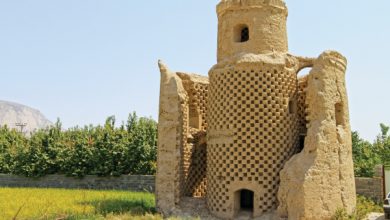Green Economy

During the last two decades, the destruction of our environment threatens the continued existence of life on Earth. Despite the efforts of many governments around the world to develop and implement national strategies for sustainable development, incorporating policy measures outlined in the Rio Declaration and Agenda 21, there are continuing concerns over global economic and environmental developments in many countries.In the face of pressing economic and environmental challenges, national and international efforts to promote green economy as a new source of growth have been intensifying in recent years. Green economy is a matter of both economic policy and sustainable development policy. This paper provides a conceptual outline for a green economy in the context of sustainable development. It then discusses the economic, environmental and social objectives that green economy can help achieve in a developing country such as Iran. It is hoped that this study will provide an instrument for policy-makers to better integrate the environment into economic development decisions.
Why a green economy?
Prevailing approaches to economic growth and development of the past few decades have been inefficient from social, economic, environmental and employment perspectives. They have led to the overuse of natural resources, which is environmentally unsustainable in the long term, and have failed to meet the aspirations of a large proportion of society who is seeking decent work and income. Environmental degradation is materializing into increasing loss of biodiversity, water scarcity, land degradation and the unsustainable extraction of natural resources. Pollution is already a major concern in many big cities and greenhouse gas (GHG) emissions are expected to double during the next three decades in middle and low-income economies, with the global temperature expected to rise over this period by between 3 and 6°C.
Higher concentrations of greenhouse gases in the atmosphere will also entail considerable economic costs, notably in terms of productivity. Moreover, severe weather events linked to climate change – such as warmer temperatures, floods, and extreme natural events – impose significant negative economic costs on society. This will exacerbate problems in developing countries, such as poverty and inequality as well as malnutrition and food security, due to the fact that low-income households spend a significant, and disproportionate, share of income on food and energy-related items. These trends will impose massive social and economic costs. The shift to a greener economy offers significant opportunities to create decent work and improve social inclusion while placing the global economy on a sustainable growth path.The transition to a green economy will vary considerably between nations, as it depends on the specifics of each country’s natural and human capital and on its relative level of development (UNEP, 2011).
Tourism in the green economy
According to the UN Green Economy Report, tourism is one of the ten economic sectors best able to kick-start the transition to a sustainable and inclusive green economy. Tourism has significant potential as a driver for growth for the world economy. The tourism economy represents 5% of world Gross Domestic Product (GDP), while it contributes to about 8% of total employment. Green tourism has the potential to create new green jobs. Travel and tourism are human resource intensive, employing directly and indirectly 8% of the global workforce. It is estimated that one job in the core tourism industry creates about one and a half additional or indirect jobs in the tourism-related economy. The greening of tourism, which involves efficiency improvements in energy, water, and waste systems, is expected to reinforce the employment potential of the sector with increased local hiring and sourcing and significant opportunities in tourism oriented toward local culture and the natural environment. Tourism development can be designed to support the local economy and reduce poverty. Local economic effects of tourism are determined by the share of tourism spending in the local economy as well as the amount of the resulting indirect economic activities. Increasing the involvement of local communities, especially the poor, in the tourism value chain can; therefore, contribute to the development of the local economy and to poverty reduction.
Investing in the greening of tourism can reduce the cost of energy, water, and waste and enhance the value of biodiversity, ecosystems and cultural heritage. Improving waste management is expected to save money for tourism businesses, create jobs and enhance the attractiveness of destinations. Tourists are demanding the greening of tourism. More than a third of travelers are found to favor environmentally-friendly tourism and be willing to pay between 2 and 40% more for this experience (UNEP, 2012).
The rest of this article is published in the 1st volume of Gilgamesh international edition



